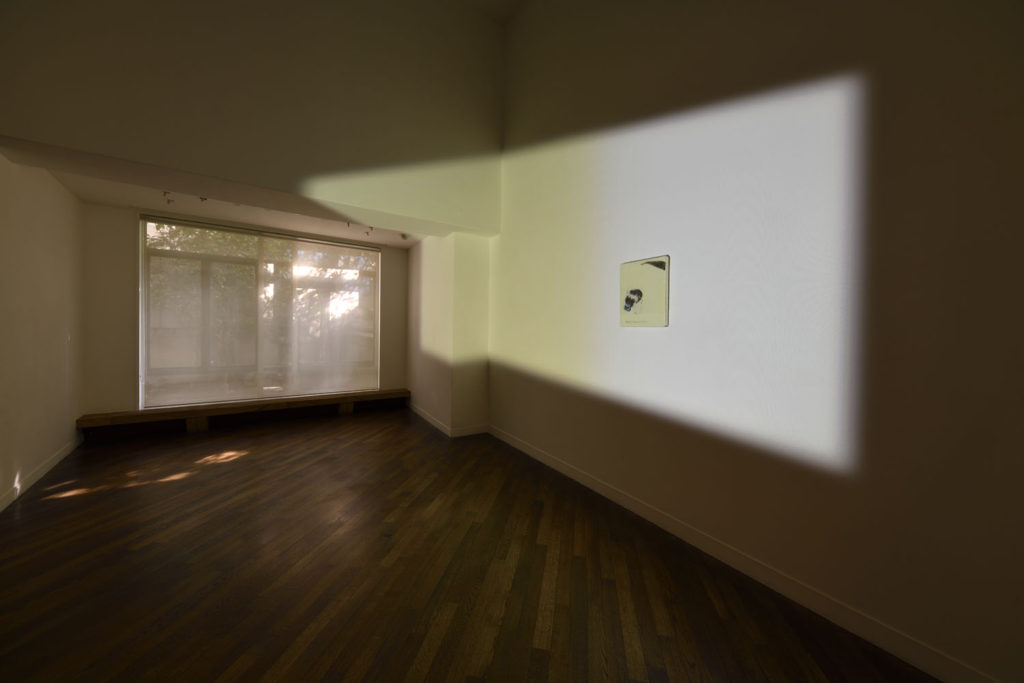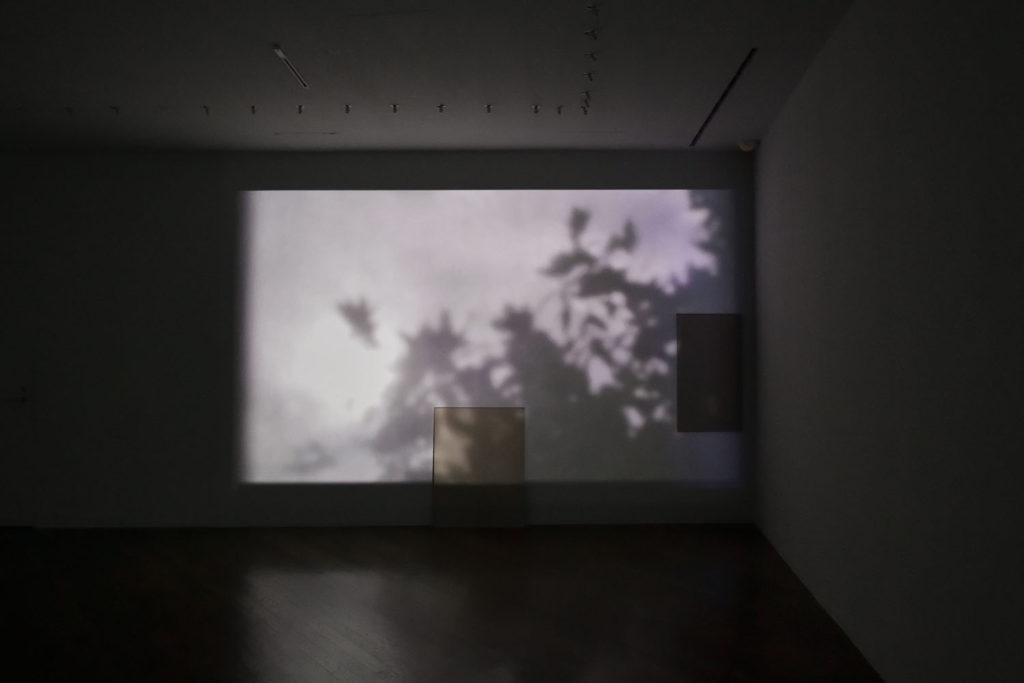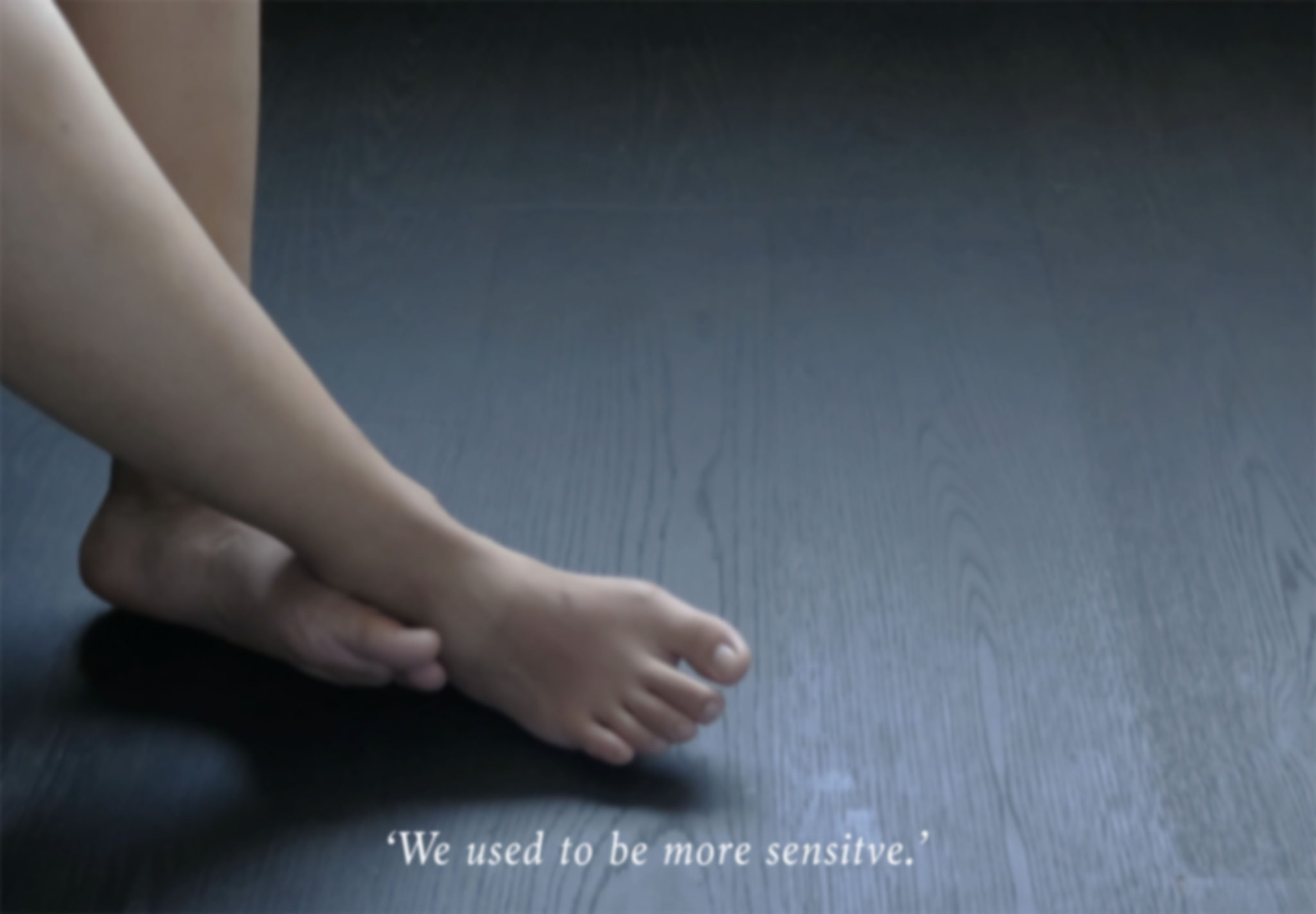Benrido, Overseas Division Director
Taka Kawachi has extensive international experience, having graduated from the Academy of Art University of San Francisco, to then working in New York City as a book editor and curator for 15 years. Returning to Japan in 2011, and Kawachi published his first book Art no Iriguchi (Entrance to the Arts, on American Art) followed by his second publication on European Art released in 2016. His publications illustrate his experiences of art and photography and offers readers an opportunity to engage with the history and subjects of both regions from his unique point of view. He is currenlty the Director of the Overseas Division of Kyoto’s Benrido, working to disseminate the classic and rare photographic process of Collotype.
A fragile space
Leading up to his exhibition at the Hara Museum of Contemporary Art, Hong Kong-born, Taiwan-based artist Lee Kit (1978-) arrived in Japan carrying a few of his previous paintings stuffed in a suitcase. And over the ten days preceding the exhibition’s opening, he came to the museum and stayed almost every day, letting his mind wander in this remarkable building where modernism meets art deco, and eventually deciding to incorporate its existing light, shadows, and windows.
In his work, Lee Kit is known for using everyday items to ask new questions and make visible that which couldn’t be seen before. His exhibition at the Hara Museum uses no truck lighting, instead combining the natural daylight streaming in through the windows with artificial light provided by projectors to create installations that appear to be themed on space and the building itself. The serenity and emptiness one feels when entering the display somehow brings to mind Félix González-Torres’s hanging light bulbs and Martin Creed’s “Work No. 227: The lights going on and off”, which is an empty room with nothing but alternating light and darkness.

ⓒLee Kit, courtesy the artist and ShugoArts Photo: Shigeo Muto
The light and shadows in each room vary slightly by section. The light from an actual window and one recorded on video are contrasted, or a recording of the shade of a tree in the garden outside is projected onto a window with a blue screen of the same size but slightly out of place, conjuring up the curious result of letting the viewer simultaneously experience both something real and artificial, and both the inside and outside of the exhibition space. Meanwhile, a silent film in which a girl’s bare feet make small movements to a rhythm, a disconnected alarm clock radio placed by a window, and the spinning of a dull green color fan in one of the second-floor rooms bring up the element of sound in the mind of the viewer.
Lee Kit appears to be somewhat like Marcel Duchamp, i.e. the type of artist who does not believe in fabrication and considers very “art-like” art boring. This exhibition sees him project light off and through a transparent clothing case, install cheap roller curtains available at any hardware store, and place a mug with the inscription “Full of joy” (a piece of which multiple copies, which are also for sale, were created for this exhibition) in inconspicuous places. Ingeniously, such casual gestures actually make the viewer guess at the meaning of these everyday objects, all while becoming more aware of the time and light flowing through the exhibition space.

ⓒLee Kit, courtesy the artist and ShugoArts Photo: Shigeo Muto
In “In Praise of Shadows”, Junichiro Tanizaki wrote, “I think beauty exists not in objects, but in the figures of the shadows created by objects, in the interplay between light and darkness.” Lee Kit eschews the lighting equipment of the museum in favor of natural light, shadows, and artificial light, manipulating these to create a peculiar atmosphere in a familiar space, into which sentences composed of short words are then sprinkled. But at the end of the day, the projectors in the rooms are turned off, leaving nothing but silence. Perhaps this fragility, and the associated feeling of loss, are also what help make “We used to be more sensitive” such a touching experience.
Translated by Ili Saarinen
INFORMATION
Lee Kit ‘We used to be more sensitive.’
September 16 - December 24, 2018
Hara Museum of Contemporary Art









